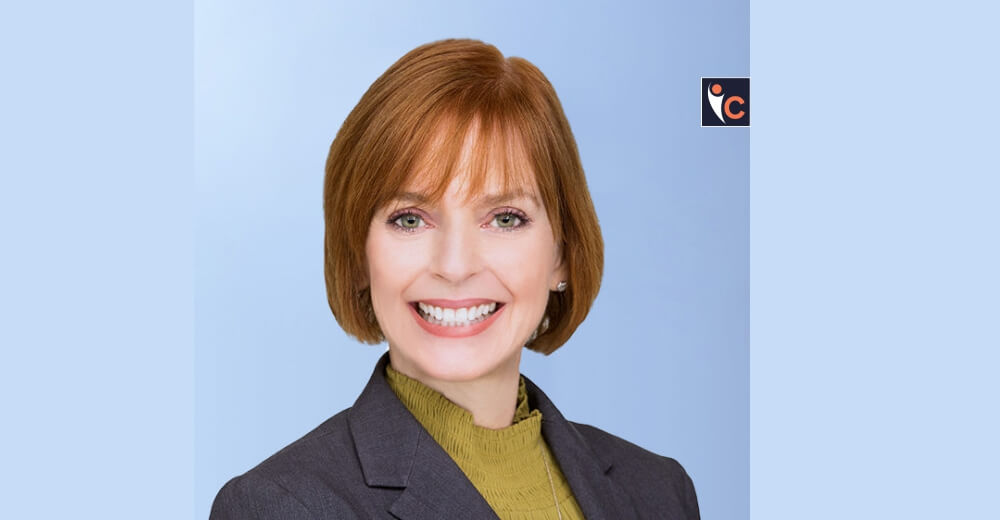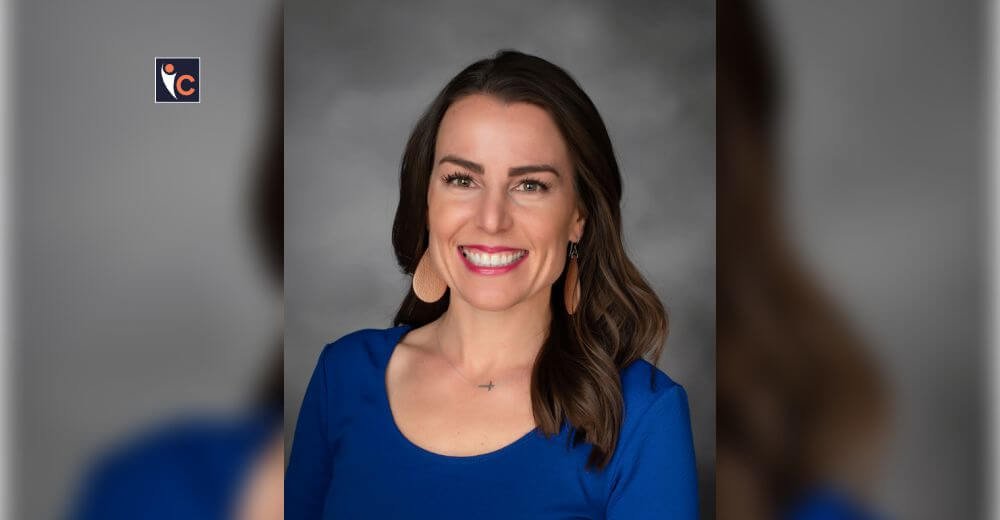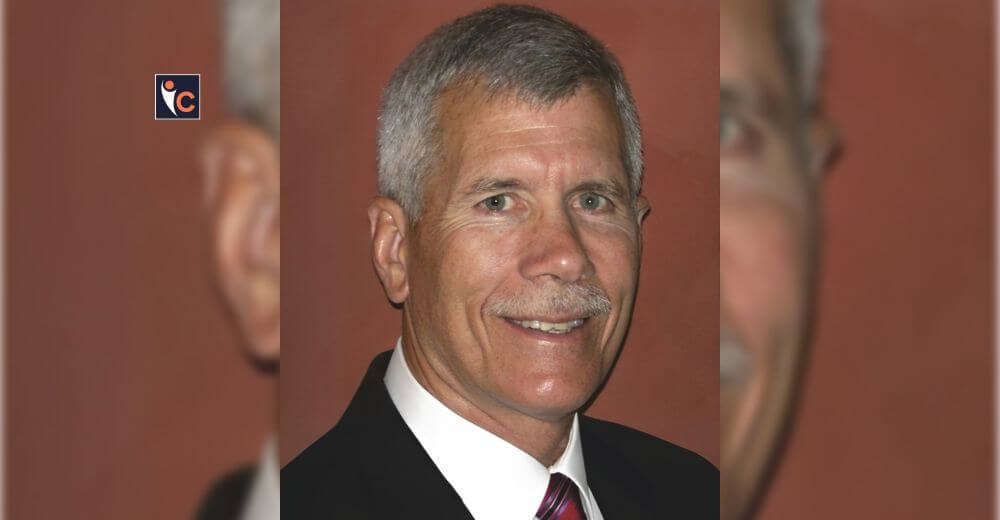The purpose is important; the lion runs for food and the deer for life, and thus, it is deer who wins most of the time. In the same way, leadership in the healthcare industry is crucial for transforming how healthcare organizations operate. Leaders in this space work with the diversity and inclusion of patients and providers, which gives purpose to their role.
Working with the same vision, Trudy Sullivan is responsible for sharing and executing Health Catalyst’s DEI strategy. Trudy implemented a companywide Diversity Inclusion Council that meets quarterly to listen to, learn from, and support the company’s ERGs steering committees.
Trudy has fostered a more inclusive culture that has attracted high engagement for the team members of ERGs. Trudy efforts as a Chief Diversity, Equity & Inclusion Officer have drawn the attention of Insights Care, and thus interviewed her in our upcoming edition of Most Influential Executives in Diversity & Inclusion.
Below are the highlights of the interview:
Brief us about yourself and shed some light on your journey so far. What inspires you to dive into Diversity & Inclusion?
I’m a green-eyed, mostly Irish middle daughter, wife, mom, and Boise, Idaho native, currently residing in Dallas, Texas. I am passionate about improving human health and wellness. As Chief Diversity, Equity, and Inclusion (DEI) Officer at Health Catalyst, I report to the CEO and am responsible for our DEI and employee resource group (ESG) strategy.
I hold a Master’s in Business Administration from Kellogg School of Management at Northwestern University and a Bachelor of Arts in History from the University of Portland, Oregon. I bring experience in B2B, B2C + B2G environments gained in innovative high-tech companies in various industries, including biomedical, semiconductor, and aerospace and defense. I have spent over a decade in healthcare, serving over one hundred Pacific Northwest hospital customers as CEO of an American Red Cross blood services region. My functional experience includes P&L leadership, Operations Management; Human Resources; Marketing; Business Development; Strategy; Mergers and Acquisitions (M&A); Investor, ESG, Government and Community Relations; and Brand Development.
I jump out of bed every morning to help transform care for every patient on the planet through my efforts. By 2040, health disparities are projected to cost Americans $4 trillion. According to an April report from the Kaiser Family Foundation (KFF), despite recent efforts to focus on addressing health disparities, the termination of certain policies implemented during the COVID-19 pandemic, including continuous enrollment for Medicaid and the Children’s Health Insurance Program (CHIP), the gaps in care will widen in the United States.
I am grateful that we have been effectively combating disparities through our Health Equity Assessment and Guidance solution, which has already pinpointed more than 4 million lives that could be improved or saved with changes in care management.
The insights provided by these capabilities help health systems quantify their disparities and better understand the characteristics driving them. A lack of understanding about the characteristics contributing to disparities limits clinical, financial, and operational improvements, resulting in lower quality of care, negative health outcomes, and mortality among specific underrepresented patient populations.
I’m motivated by our ability to empower healthcare organizations to balance emotion with facts, data, and analytic insights. This leads to effectively addressing disparities and providing equitable care.
I have a strong opinion on— and personal and professional experience with health equity and systemic racism. My children are bi-racial, and we have battled bias and racism with and for them and others. As a result, I created and taught a curriculum called Countering Bias with Love and Kindness. During my career, I have worked to foster social justice and to help people get comfortable with uncomfortable conversations. I am passionate about advancing DEI objectives and cultures through proven strategies, tactics, and techniques that connect diverse people and perspectives.
Please highlight your roles and responsibilities in promoting or meeting the objectives of diversity and inclusion.
In addition to promoting health equity with our healthcare ecosystem clients as Chief DEI Officer at Health Catalyst, I am responsible for shaping and executing Health Catalyst’s DEI vision and strategy. Our vision is to create and sustain an inclusive organization representative of the global communities, clients, and patients Health Catalyst serves. To achieve this vision, our strategy is designed to nurture a diverse, inclusive, and culturally competent workplace that celebrates differences as opportunities for increased diversity of thought, global growth, competitive advantage, and greater collaboration and engagement.
Part of our strategy includes best practices structural frameworks for a publicly traded company’s DEI efforts; the formation of a DEI Leadership Team Subcommittee (that I and our CEO Dan Burton co-chair) and C-Suite level executives’ review of workforce diversity metrics and opportunities for improvement. I also implemented a companywide Diversity Inclusion Council, which I Chair that meets quarterly to listen to, learn from, and support the company’s ERGs steering committees.
One component of my efforts to foster a more inclusive culture that has attracted high engagement from our team members has been the growth of our ERGs. Since 2020, we have tripled the number of groups to better serve the needs and interests of diverse team members around the globe.
Our ERGs include InspirASIAN, Military, Veterans, Families, and Allies, Neurodivergent, Queers and Allies, Shades, and Women Empowered. These groups see high participation rates among Health Catalyst’s total employee base, as 15 percent of Health Catalyst’s total team members are members of Women Empowered, 10 percent are members of Queers and Allies, nine percent are members of Shades and InspirAsian, Military, Veterans, Families, and Allies and Neurodivergent have six percent of team members.
Because of our success, I have been asked to support larger organizations, including the Department of Defense’s Undersecretary of Personnel and Readiness and his leadership team, in creating similar strategies, frameworks, and organizations.
What are some of the challenges you face when conducting projects, and how do you turn them into opportunities for growth?
One of the most common challenges we face is finding the leader responsible for change and engaging them in the learning process. Often, organizations feel some remorse about not being farther along in their improvement journey.
I have helped organizations face their fears related to uncovering and better understanding gaps but also nudged organizations to embrace their vulnerability and begin to take greater steps toward meaningful change.
After facing their fears, many organizations shift from hesitation to being very forward about increased transparency related to their progress.
Share with us some of the strategies that have helped you in your leadership position. How do you keep up with specific responsibilities at the company/workplace?
One strategy that I live by in my position as Chief DEI Officer is being a servant leader – recognizing the immeasurable value in each human being on the team and supporting them as people first with kindness and love.
We celebrate timeless principles at Health Catalyst, including the golden rule.
These principles help me exercise empathy as I strive to put myself in a colleague’s shoes, listen carefully during our interactions, and be encouraging and supportive of each individual with whom I interact.
What advice would you like to give to budding entrepreneurs and enthusiasts who desire to venture into the diversity & inclusion sector?
There are so many opportunities to drive meaningful change and improve healthcare. DEI professionals can make a difference with technology, using data to uncover and better understand issues. They can connect people and organizations to change the culture. They can unite groups, provide training, and inspire change. Find a mentor, sponsor, and coach to help you grow!
How do you envision scaling your services and operations in 2023 and beyond?
For 2023 and beyond, I will continue to strive to foster greater team member engagement and sense of belonging at Health Catalyst and partner with our People Operations team to increase representation, empower and grow affinity groups, and ensure marketplace recognition for these efforts to draw diverse talent into the company.
I will continue to chair Health Catalyst’s Diversity Committee and hire and host high school, undergraduate, and graduate student DEI interns for our learning cohorts. In addition to DEI work with Health Catalyst team members, I plan to continue to support our partner organizations and strive to achieve our mission of enabling massive, measurable, data-informed healthcare improvement for our more than 500 clients.
What are some of the testimonials or recognition that accurately highlight your position in the market?
I am so proud to serve as a leader for Health Catalyst, where team members are at the heart of everything that we do. For many years, we’ve achieved industry-leading team member engagement rates, as measured by Gallup. We’ve also earned nearly 80 acknowledgments as the best place to work, including 35 recognitions for culture and engagement since I joined the company in 2019.
Our DEI efforts, focused on fostering a greater sense of belonging and inclusion, have specifically been recognized by several Best Place to Work Awards for Diversity, including, most recently, the 2023 Newsweek’s America’s Greatest Workplaces for Diversity and Newsweek’s America’s Greatest Workplaces for Women. Women make up 40 percent of our total workforce, 40 percent of our leadership team, 36 percent of our people managers, and 43 percent of our board of directors.
I also represented the company in ringing the NASDAQ Bell on International Women’s Day 2023 in acknowledgment of achieving 100 percent gender pay and promotional parity. I was also honored to be named a 2023 Top 100 Chief Diversity Officer by the National Diversity Council.










